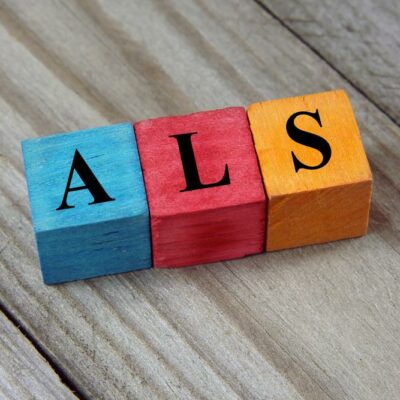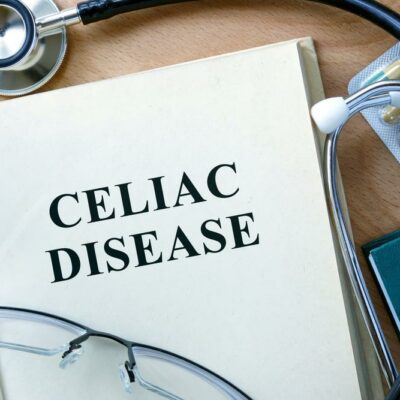
Health
An introduction to amyotrophic lateral sclerosis (ALS) and its causes
A renowned physicist from the University of Cambridge was diagnosed with Amyotrophic lateral sclerosis (ALS) at the age of 21. During his prime youth years, he was told by doctors that he would not survive more than a couple of months. The physicist who spent his entire life understanding time and explaining it to the world is still alive but with the disease, and his name is Stephen Hawking. Today he is 75 years of age. ALS, being a progressive neurodegenerative disease, affects the nerve cells in the brain and spinal cord. Most of those who are diagnosed with ALS generally do not have much time left after their diagnosis. However, in rare cases, some patients live for many years along with the disease. For the introductory part, it is essential to know how ALS impacts the body of a person. For that, we need to break down the term Amyotrophic lateral sclerosis. Here, A means “no” and “myo” translates to “muscle” and trophic translates to “nourishment.” Further, lateral is the reference to the spinal cord and sclerosis means to scar or harden. There are essentially two types of ALS, sporadic and familial. In the US, sporadic is the type of ALS that is most commonly found and almost 95 percent of ALS cases are of the sporadic type.
Read More 















